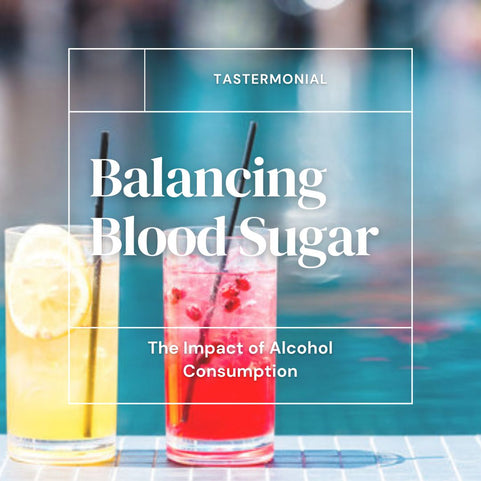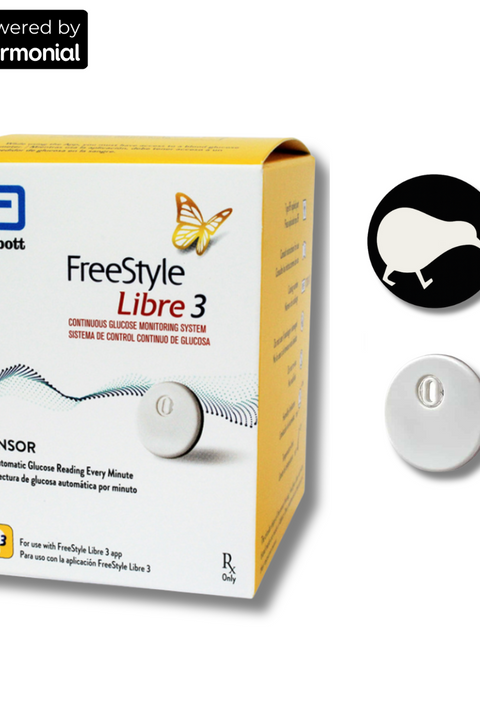
" 80% of Americans don't eat enough color "
Even though the medical industry is growing quickly and new drug targets are being discovered to address common diseases, there is still a large concern about the adverse effects that pharmaceutical agents have in the human body. This is why people are constantly looking at alternative therapies that can be used to assist with the treatment of these diseases, possibly also reducing their risk of side effects at the same time.
We often hear that we should ensure our plates are filled with a variety of colors when it comes to food. We hear that we should get five services of veggies and fruit each day. The advice that you have been given all of these years may actually hold more truth than you might think.
The Nutritional Profile Of Fruits And Vegetables
Fruits and vegetables are some of the most important foods that we should eat on a day-to-day basis. These foods are filled with quality nutritional profiles that the body depends on for optimal health and functionality.
In most papers that describe the importance of fruits and vegetables, the primary focus would be placed on these compounds:
- Carbohydrates
- Minerals
- Vitamins
- Lipids
- Proteins
What many do not realize is that there is another type of compound group that forms an important part of these foods. This would be phytonutrients.
According to one study, phytonutrients have already been heavily studies and found to possess the following properties:
- Antioxidant activity
- Anti-inflammatory
- Anti-spasmodic
- Anti-aging
- Hypolipidemic
- Hypotensive
- Analgesic
- Neuroprotective
- Anti-cancer
- Anti-allergic
- Anti-microbial
Phytonutrients also have helpful roles to play in conditions like osteoarthritis, diabetes, and immune-related diseases.
What Are Phytonutrients And How Do They Work?
Phytonutrients are something that you might have seen on supplement bottles before or perhaps even in an online publication. Many studies have started to focus on providing evidence on how phytonutrients offer a cheap and effective way to treat a large number of diseases. We already discussed the properties that these compounds hold – so it becomes obvious that they can be of tremendous help in the modern-day health care system.
Phytonutrients is actually a term used to refer to a number of different compounds, or natural chemicals, that certain plants possess. One scientific paper explains that the most important phytonutrients that are being studied for improved human health include:
- Carotenoids
- Phenolic compounds (This include lignin, isoflavonoids, and flavonoids)
- Phytosterols
- Organosulfur compounds
- Nondigestible carbohydrates
- Tocotrienols
- Phenolic acid
- Phytostanols
Studies have identified more than 8000 different types of flavonoids alone. The antioxidant activity yielded by these phytochemicals is the main point when it comes to studying the effects that the compounds may have on the human body.
A paper published in the Scientific World Journal explains that flavonoids have already been shown as potential therapeutic agents in the treatment of diseases and medical conditions such as:
- Coronary heart disease
- Inflammatory diseases
- Viral infections
- Certain types of cancers
- Liver diseases
How To Get More Phytonutrients
Now that we have established the potential health benefits that these phytonutrients are able to offer you, it is time to look at how you can get more of these compounds into your body. Generally, any type of fruit or vegetable that you eat will give you some types of phytonutrients. This is why a plant-based diet is often recommended for people with heart disease and diabetes. The phytonutrients can deliver powerful effects on these conditions, as well as many other diseases.
It is, however, important to realize the difference in terms of phytonutrient content between different types of fruits and vegetables. The rich and vibrant colors that these food varieties yield is caused by the presence of the phytonutrient content.
Different colors in these foods mean unique varieties of phytonutrients. Let’s take a closer look at the most important colored fruits and vegetables, and how they would benefit your health.
Green
Green vegetables, such as kale and spinach, are some of the healthiest foods on the planet. These foods contain vitamin A, calcium, vitamin K, and other types of nutritional properties that are essential for the promotion of improved human health. The phytonutrients that are found in these plants have also been associated with antioxidant and anti-inflammatory properties.
Red, Blue, And Purple
Fruits and veggies that are purple, red, or blue tend to share a very similar phytonutrient profile, and these compounds are incredibly useful. The main pigment or phytonutrient of importance in these foods is called anthocyanins. This is a very potent antioxidant that has been associated with a reduction in the risk of stroke, cancer, and macular degeneration. These foods are also often high in vitamin C, vitamin A, and other nutrients that are certainly able to provide further benefits to your overall well-being.
White
White fruits and vegetables are also important and should be part of your daily serving of these foods. Some of the most important white foods to add to your plate include bananas, mushrooms, cauliflower, and onions. These foods contain vitamin C, fiber, folic acid, vitamin B2, and other important nutrients.
Orange And Yellow
There is also a lot of fruits and vegetables with either a yellow or orange color. These share similar phytonutrient profiles. Carrots, oranges, and pineapple are only three examples. These fruits and veggies are rich in potassium, bromelain, vitamin C, folic acid, and more. The phytonutrients found in the foods have been linked to reduced blood pressure, as well as improvement in digestion.
Conclusion
While nutrients such as protein, vitamins, minerals, and carbohydrates all play an important part in human health, it is important not to overlook the role that phytonutrients may have. Studies have confirmed that phytonutrients are exceptionally useful in promoting a stronger immune system and can even help to fight against common diseases. To increase your intake of phytonutrients, simply eat more vegetables and fruit. Make sure you eat different colored fruits and veggies to maximize the benefits.













